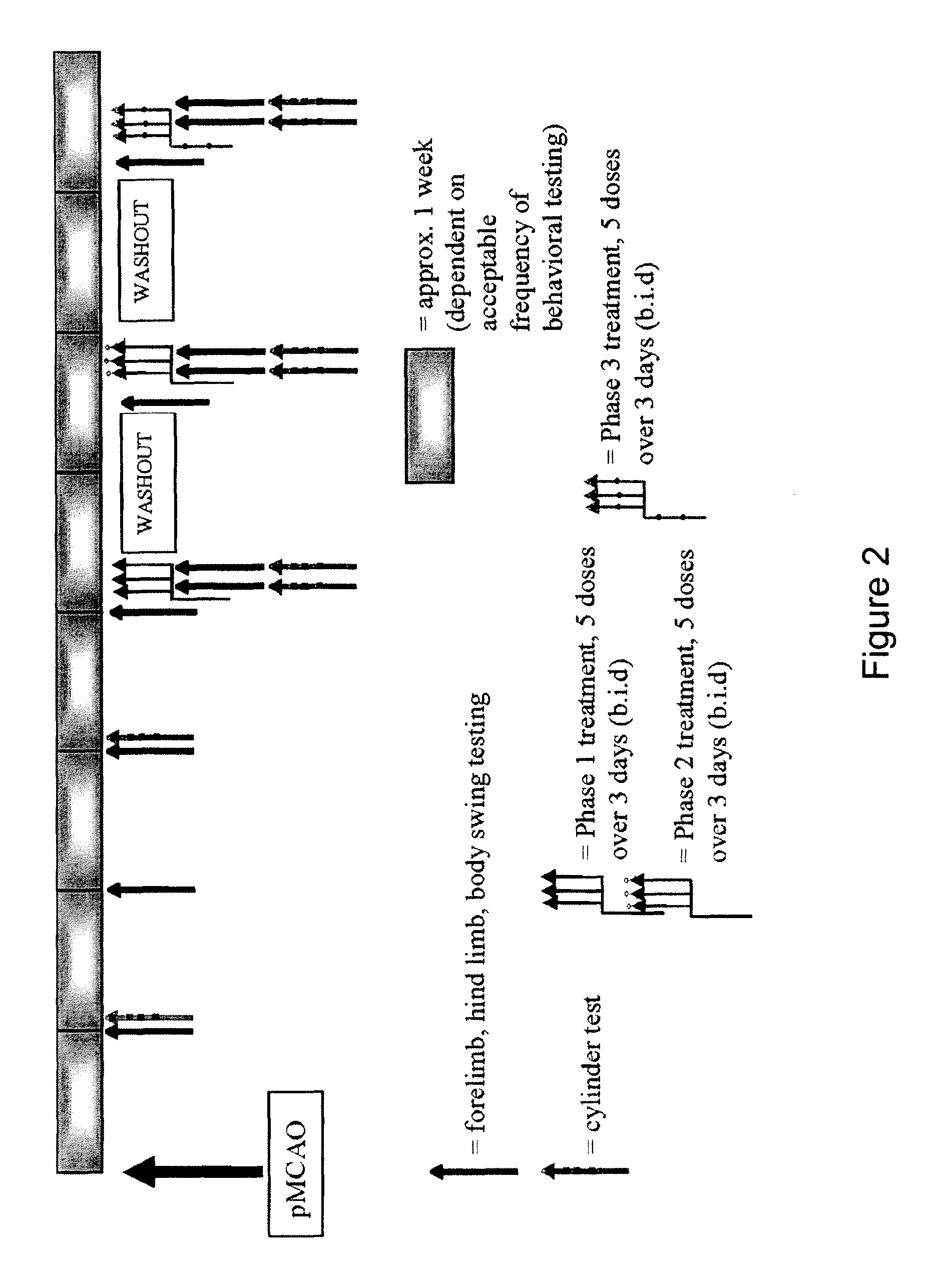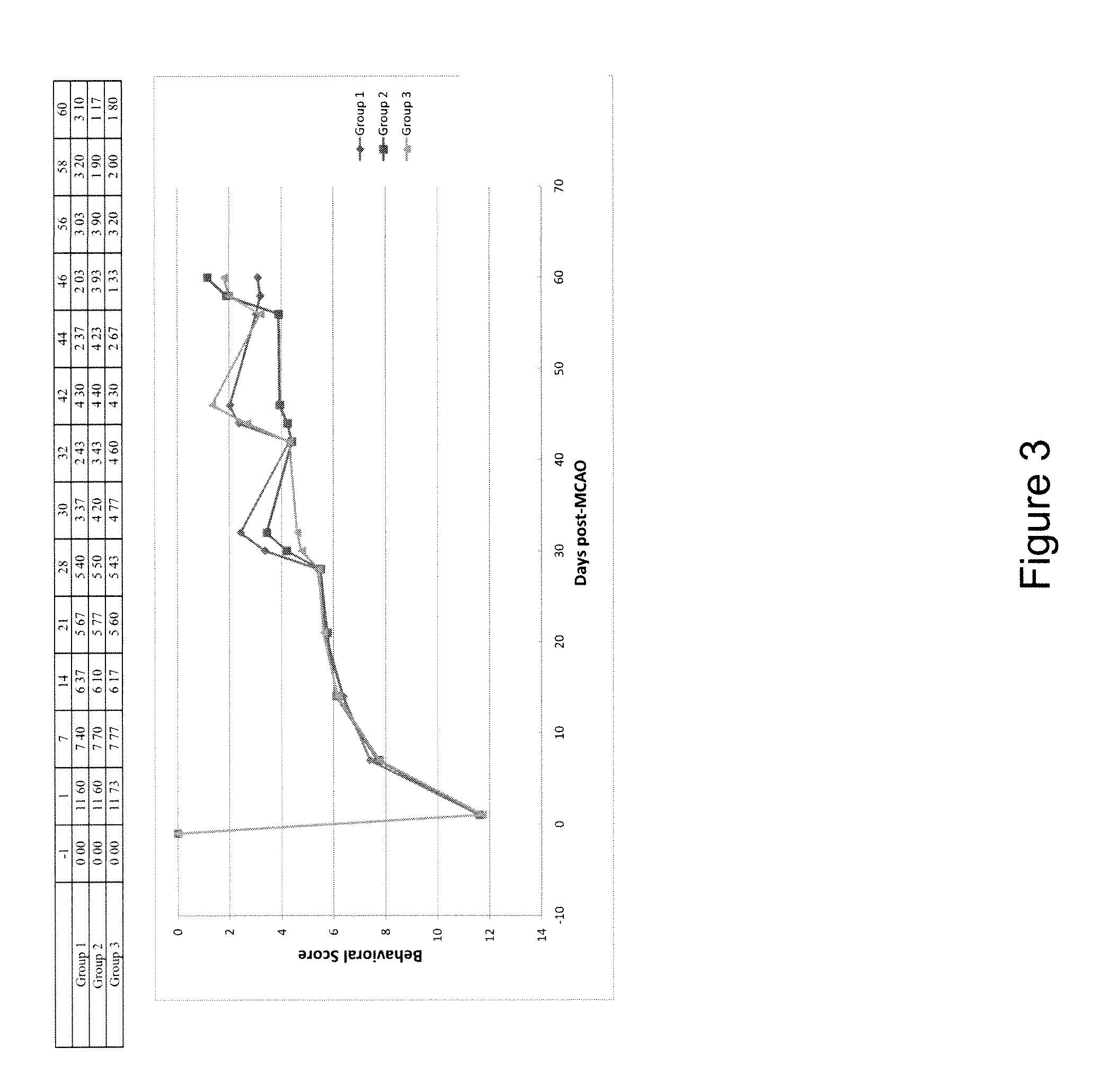Use of potassium channel blockers to treat cerebral palsy
a potassium channel blocker and cerebral palsy technology, applied in the field of pathological conditions, can solve the problems of limited treatment, difficulty in accurately measuring the incidence of comorbidities, and limited medical intervention, and achieve the effect of improving the sign or symptom of cerebral palsy
- Summary
- Abstract
- Description
- Claims
- Application Information
AI Technical Summary
Benefits of technology
Problems solved by technology
Method used
Image
Examples
example 1
6.1 Example 1
Single Dose Administration of 4-aminopyridine-SR
[0195]A set of patients are provided each of which has a form of cerebral palsy. These patients are provided with a single dose of the same amount of a sustained release aminopyridine.
example 2
6.2 Example 2
Single Dose Administration of 4-aminopyridine-SR Along with Matched Control Group
[0196]A set of patients are provided each of which has a form of cerebral palsy. These patients are provided with a single dose of the same amount of a sustained release aminopyridine.
[0197]As a matched control group, a set of patients are provided each of which has a form of cerebral palsy matched for meaningful parameters to the patient group in the previous paragraph. The matched control patients are provided with a single dose of a placebo.
example 3
6.3 Example 3
Single Dose Administration of 4-aminopyridine-SR in Patients of Same CP Type, with Control Group
[0198]A set of patients are provided each of which has the same form of cerebral palsy. These patients are provided with a single dose of the same amount of a sustained release aminopyridine.
[0199]As a matched control group, a set of patients are provided each of which has the same form of cerebral palsy matched for meaningful parameters to the patient group in the previous paragraph. The matched control patients are provided with a single dose of a placebo.
PUM
| Property | Measurement | Unit |
|---|---|---|
| Time | aaaaa | aaaaa |
| Time | aaaaa | aaaaa |
| Time | aaaaa | aaaaa |
Abstract
Description
Claims
Application Information
 Login to View More
Login to View More - R&D
- Intellectual Property
- Life Sciences
- Materials
- Tech Scout
- Unparalleled Data Quality
- Higher Quality Content
- 60% Fewer Hallucinations
Browse by: Latest US Patents, China's latest patents, Technical Efficacy Thesaurus, Application Domain, Technology Topic, Popular Technical Reports.
© 2025 PatSnap. All rights reserved.Legal|Privacy policy|Modern Slavery Act Transparency Statement|Sitemap|About US| Contact US: help@patsnap.com



